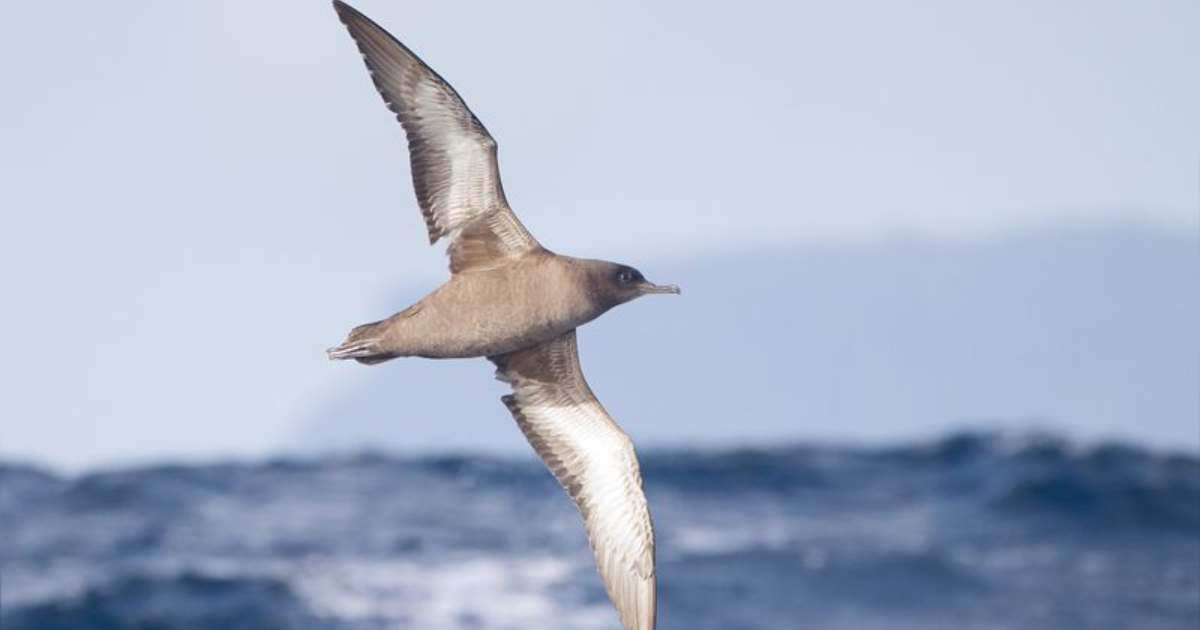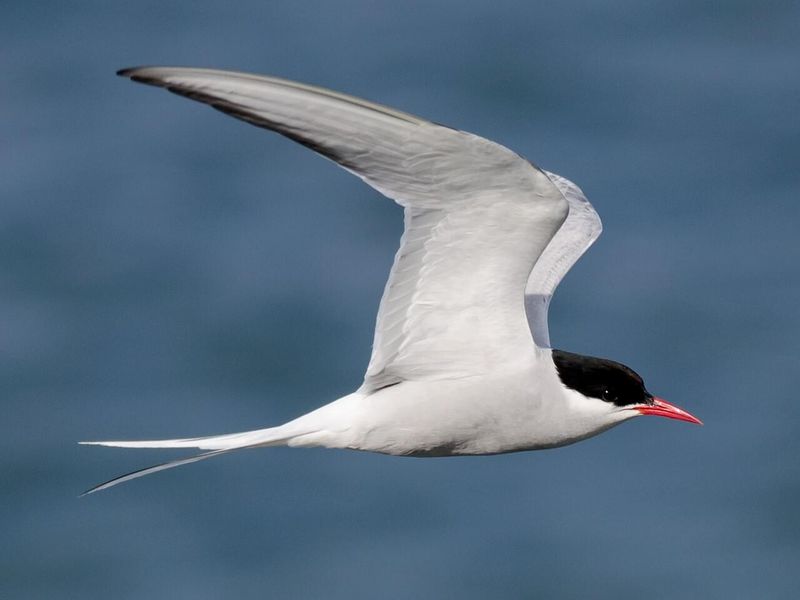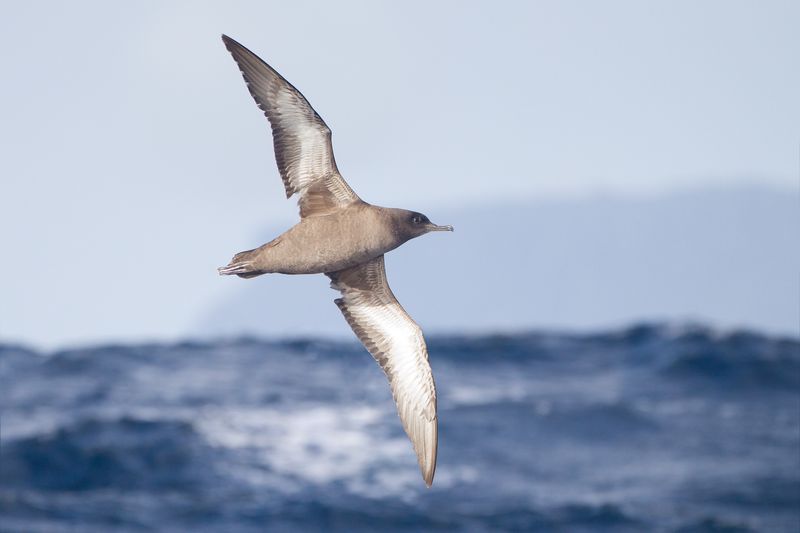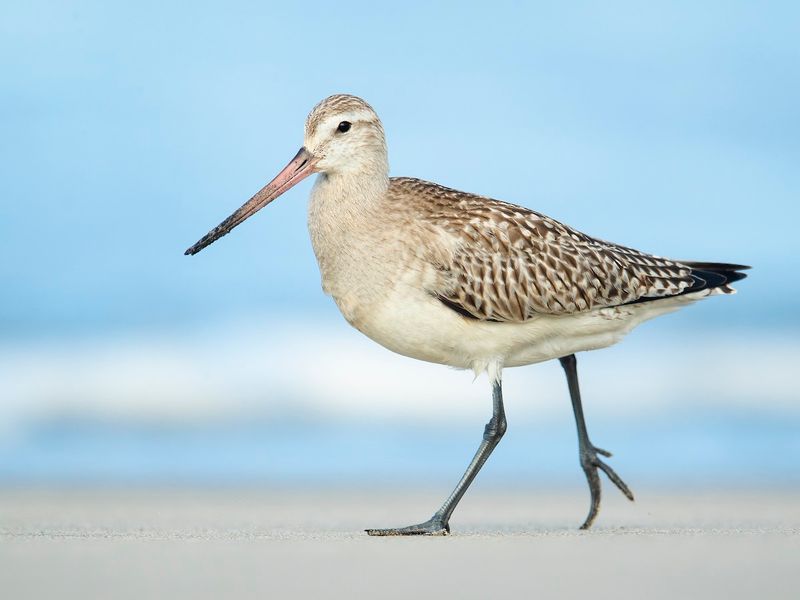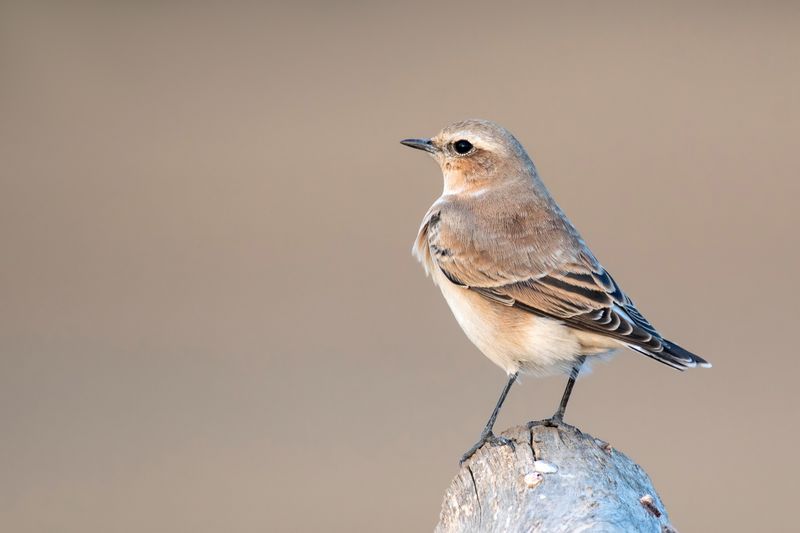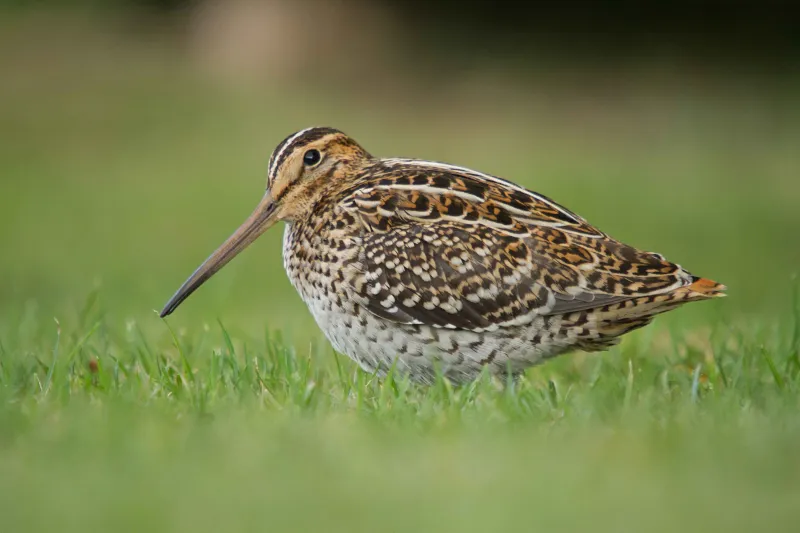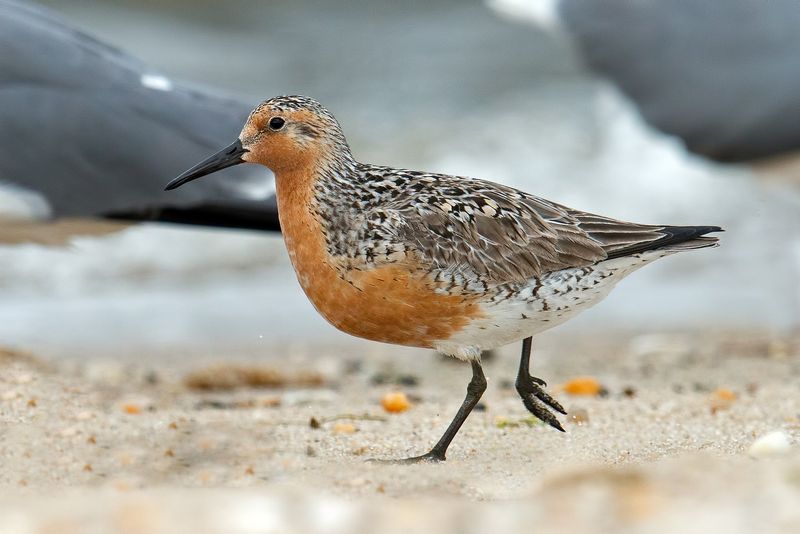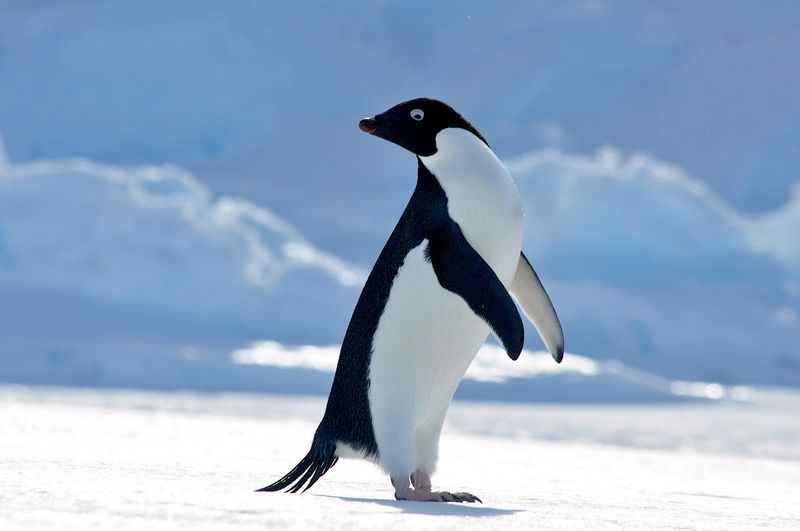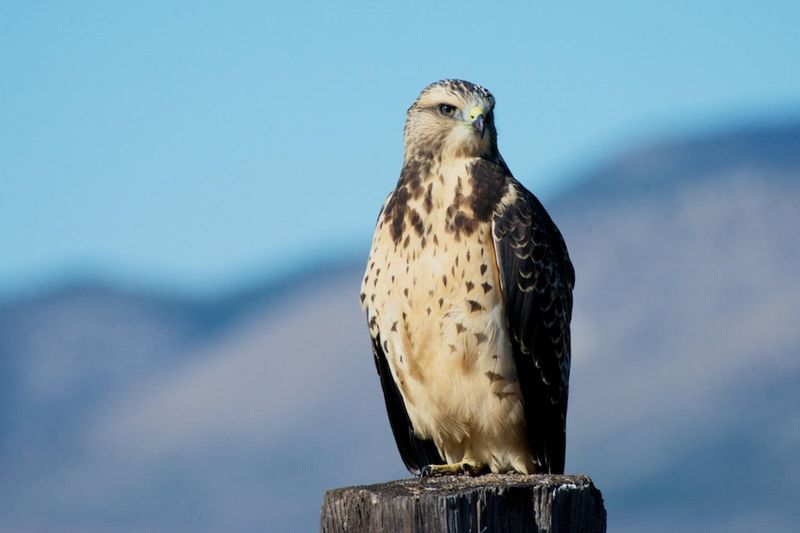📖 Table of Content:
Bird migration is one of nature’s most awe-inspiring phenomena, a testament to the endurance, adaptability, and navigational prowess of the animal kingdom. Among the countless bird species that migrate, eight stand out for their extraordinary long-distance journeys.
These avian adventurers traverse vast oceans, towering mountain ranges, and harsh climates, relying on instinct, environmental cues, and sheer determination to reach their destinations.
Each species has its own unique migratory path, often spanning thousands of miles and crossing multiple continents. Along the way, they face numerous challenges, from predators to habitat loss and changing weather patterns, yet they persist, embodying the resilience of life.
Join us as we delve into the fascinating stories of these birds, exploring their incredible travels, the challenges they overcome, and the astonishing distances they conquer year after year.
1. Arctic Tern
The Arctic Tern is renowned for its extraordinary migratory journey, covering over 70,000 kilometers annually. This remarkable bird breeds in the Arctic and travels all the way to the Antarctic for the winter. Its migration is the longest known in the animal kingdom.
During their journey, Arctic Terns enjoy continuous daylight, a phenomenon known as polar day. This adaptation allows them to maximize feeding opportunities and avoid predators. Their flight path includes stops along coastlines, where they rest and refuel.
Despite challenges such as harsh weather and predators, Arctic Terns thrive on their long migrations. Their lifespan can extend up to 30 years, giving them ample opportunities to complete these astonishing journeys multiple times. Observing the Arctic Tern’s migration is a testament to nature’s incredible adaptability and endurance.
2. Sooty Shearwater
Sooty Shearwaters are pelagic birds known for their extensive migratory routes, traveling over 64,000 kilometers between breeding and wintering grounds. These birds breed in New Zealand and migrate to the North Pacific, reaching areas as far as Alaska.
Their migration is characterized by a figure-eight pattern, allowing them to exploit seasonal wind patterns. This efficient travel method conserves energy during their long journeys. Sooty Shearwaters are often seen in large flocks, creating a mesmerizing sight over oceanic expanses.
Facing threats such as climate change and overfishing, Sooty Shearwaters rely on abundant marine resources to sustain their migratory lifestyle. Conservation efforts are crucial to ensuring their survival. Observing their vast journeys offers insight into the intricate balance of marine ecosystems and the challenges migratory species face.
3. Bar-tailed Godwit
The Bar-tailed Godwit holds the record for the longest non-stop flight among birds, covering up to 11,000 kilometers without rest. These birds breed in Alaska and migrate to New Zealand and Australia for the winter.
Their migration is a non-stop marathon across the Pacific Ocean, an incredible feat requiring significant energy reserves. Godwits are known for losing half their body weight during these uninterrupted flights.
As they prepare for migration, Bar-tailed Godwits increase their body fat significantly. This adaptation is key to their survival during the long journey. Understanding their migratory patterns aids in conservation planning, particularly in protecting crucial stopover sites. Witnessing their endurance highlights the importance of preserving habitats that support such awe-inspiring migrations.
4. Northern Wheatear
The Northern Wheatear is a small passerine bird known for its long-distance migration, spanning continents. These birds breed in North America and Eurasia, then migrate to sub-Saharan Africa for the winter.
Their migration involves crossing vast landscapes, including deserts and mountain ranges. Wheatears undertake this journey twice a year, relying on navigation skills and environmental cues.
Despite their small size, Northern Wheatears demonstrate remarkable endurance. They travel over 14,000 kilometers, a distance unmatched by other birds of their size. Their migration is a testament to the adaptability and resilience of small avian species. By studying their routes, scientists gain insights into avian navigation and the impacts of climate change on migratory patterns.
5. Great Snipe
The Great Snipe is notable for its rapid, long-distance migration, covering up to 6,800 kilometers in just a few days. These birds breed in Eastern Europe and migrate to sub-Saharan Africa for the winter.
Great Snipes are known for their high-speed travel, averaging 97 kilometers per hour. Their migration is among the fastest in the bird world, showcasing their incredible physical capabilities.
To sustain their rapid flight, Great Snipes prepare by gaining substantial body weight. This preparation is crucial for their success in reaching distant wintering grounds. Observing the Great Snipe’s migration offers a glimpse into the marvels of avian speed and stamina, emphasizing the need to protect migratory corridors essential for their survival.
6. Red Knot
Red Knots are shorebirds famous for their long migratory journeys, traveling up to 15,000 kilometers each way. They breed in the Arctic and migrate to coastal areas of South America, experiencing a wide range of habitats.
Their migration involves crucial stopovers, where they feed extensively to build energy reserves. One of the most well-known stopover sites is Delaware Bay, where Red Knots feast on spawning horseshoe crab eggs.
The survival of Red Knots depends on the availability of these stopover sites. Conservation efforts focus on preserving these critical habitats to support their migratory success. Observing Red Knots during migration season highlights the importance of international cooperation in conserving migratory bird species and their habitats.
7. Adelie Penguin
Adelie Penguins are known for their remarkable migratory movements across the Antarctic. Unlike most migratory birds, they travel by swimming, covering up to 13,000 kilometers annually.
These penguins breed on the Antarctic continent, then migrate northward during the harshest winter months. Their journey is dictated by the availability of sea ice and food resources.
Adelie Penguins’ migration highlights the adaptability of species in extreme environments. Their survival depends on the delicate balance of sea ice and prey abundance. Studying their movements provides valuable insights into the effects of climate change on Antarctic ecosystems. Protecting their habitats ensures the continued existence of these resilient birds.
8. Swainson’s Hawk
Swainson’s Hawks are raptors known for their long migrations, traveling from North America to South America. Covering distances of up to 22,000 kilometers, these birds undertake one of the longest migrations of any raptor.
Their journey includes crossing the Gulf of Mexico and the Andes Mountains, a challenging feat requiring exceptional endurance. Swainson’s Hawks primarily feed on insects, which are abundant in their wintering grounds.
Conservation of migratory routes is essential for Swainson’s Hawks’ survival. Their migration highlights the interconnectedness of ecosystems across continents. By protecting these routes, we ensure the preservation of their populations and maintain the ecological balance they support.
